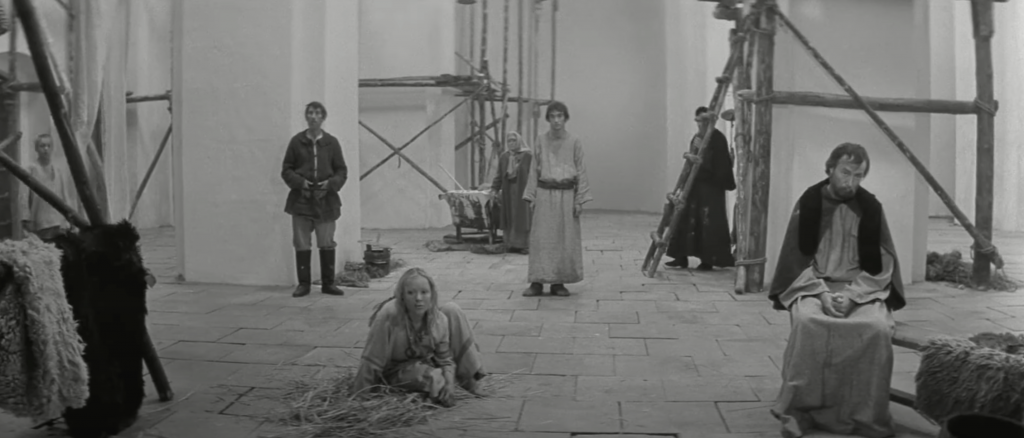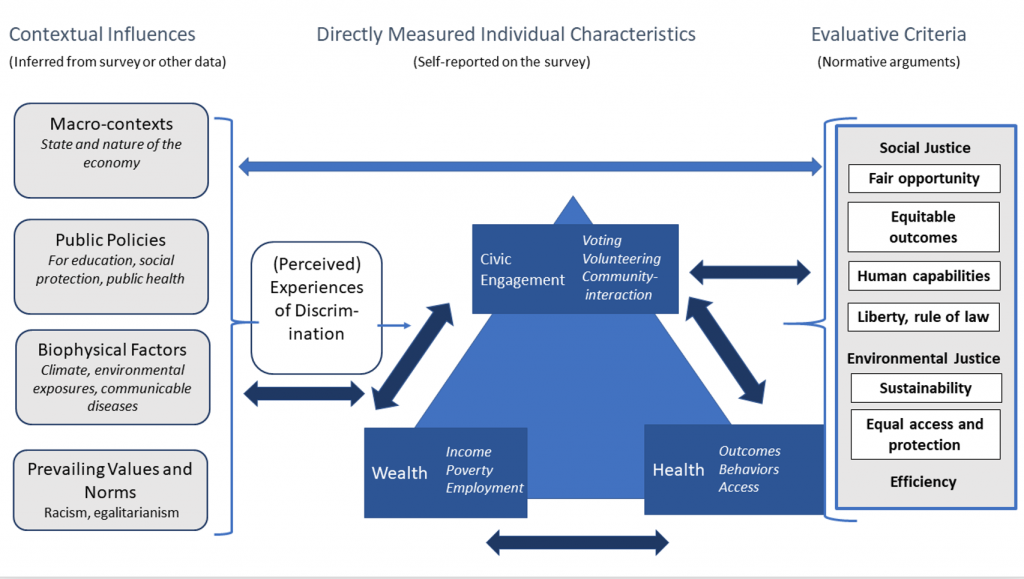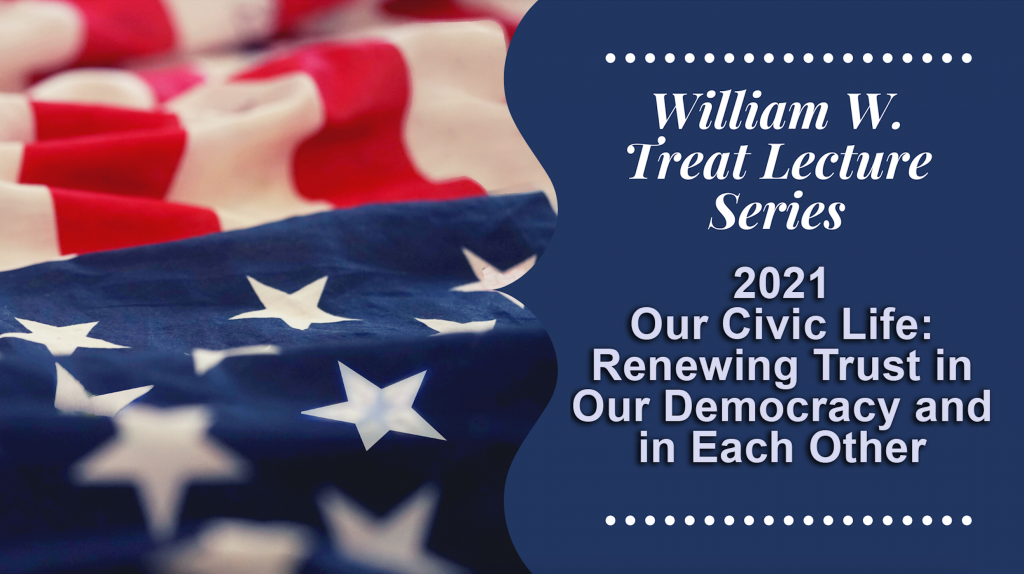On the last day of the American Political Science Association’s Institute for Civically Engaged Research (ICER), Rogers Smith visited. As APSA president, he had played a major role in launching and inspiring ICER. Rogers offered original and thoughtful remarks to this year’s cohort. Some of what he said reminded me of his APSA Presidential Address, which is available on YouTube.
In that address, Rogers defines civically engaged research as “research done through respectful partnerships with social groups, organizations, and governmental bodies in ways that shape both our research questions and our investigations and answers.” Civically engaged research is not fieldwork or other qualitative or quantitative research about communities.
He justifies civically engaged research as a way of keeping in touch with important trends and movements in the real world:
While there are dangers, we modern political scientists have probably done too little civically engaged research, not too much. The work we have done has also been skewed toward groups with which researchers have strong ideological affinities. Though such rapport can be productive, as a discipline, we must learn from all segments of our societies. If more of us had been attending to the diversity of Black organizers in the 1960s, to anxious fundamentalists as well as assertive LGBTQ advocates in the 1970s, and to angry farm and factory workers in the early 21st century, we might have perceived sooner many major changes in American politics. And if more of us had actively worked with these groups to help them address their concerns and helped them in ethically defensible ways, then Black communities, conservative religious groups, gay activists, and workers and farmers might feel less suspicion and disdain toward academics than many do in the US today. The same may be true in other regions of the world. Intellectual honestly means I can’t guarantee that more civically eengaged research would have helped in these ways, but I know we didn’t do much, and in the light of where we are today, it is worth trying to do more.
I would add two points from my own perspective.
First, there is value in engaged research with (and not only about) right-wing communities and dominant communities. But this does not mean that individual scholars are obliged to conduct such research.
In practice, a disproportionate number of civically engaged social scientists identify with oppressed groups outside the academy, and that is why they feel compelled (as well as motivated) to work with these groups. Often scholars of color, they offer profound insights about the communities that they both study and belong to. No one should expect them to study right-wing whites (unless they want to). Instead, they offer insights from the perspective of the oppressed. For instance, I presume that scholars who are closely engaged with Asian-Pacific Islander groups knew about burgeoning anti-Asian hate well before it made headlines.
Yet we have much to learn from research conducted with conservative and/or demographically dominant groups. Years ago, I visited a prominent land-grant university to meet with the faculty who practiced “community-based” research. This university is located in a largely white and rural part of its state, but the faculty were driving to the nearest big city to do their engaged scholarship in urban neighborhoods that they admired more than their own geographical community. I thought that research about and with neighbors was a gap that should somehow be filled.
Second, the idea that an academic discipline must engage with movements and institutions challenges its self-understanding as a science.
In a simple model of science, facts result from good methods and data. You needn’t engage with planets or atoms in order to understand how they work; you can observe them or otherwise collect data about them. Within pockets, a similar approach to social science works well enough. You needn’t engage in a given election to crunch voting data and generate valid and useful findings about the election. But the human world is different from nature in two relevant ways–it is shot through with values, and it is influenced by intentional human agency.
Social scientists can choose to study many topics. Which questions to focus on is fundamentally a value-judgment, an assessment of what counts as an important issue or problem. Individual scholars are entitled to form their own opinions about priorities, but we are always wiser when we reason about values with other people. If our ears are open, we can learn about new injustices, new opportunities, and even new rights that we did not see before. In that sense, staying in touch–yet always critical–is essential for setting a wise research agenda about the human world.
Society is also unpredictable in a particular way. Human beings are aware of current trends and patterns. They can use their understanding of how things are going to make things look different in the future. They can invent, and no one can foresee a true invention until it arises.
Often, social scientists identify the central tendency in data, but data always come from the past. While we observe society, participants are busy working to disrupt it. History involves ruptures as well as continuities, and statistical social science is relatively badly suited to understanding the breaks. Sometimes, we can see substantial change coming better when we are closer to the action.
On a spectrum from a physicist who studies the eternal laws of the universe to a newspaper reporter who writes what happened yesterday and what it portends for tomorrow, a political scientist stands somewhere in between. History has long arcs but also many contingencies.
As Rogers Smith notes, the behavioral revolution has transformed political science. It presumes that political behavior has regularities that can be understood in a detached way. I believe that behavioral social science has yielded important insights. Yet this research reflects the Zeitgeist; it does not stand outside of history.
Today’s mainstream model of voters and democratic institutions is rather jaundiced. Data show that people lack the motivation and capacity to make well-informed judgements about public issues. But these data come from recent decades, when many organizations and institutions that inform and organize people’s thinking have become old and weak. If it were true that human beings never want reliable information about matters distant to their own private interests, then it would have been impossible to build professional journalism, or civic education in public schools–or even robust political parties that generate social analysis. While those institutions were being built up, the academic discussion of democracy was quite optimistic. (See: Dewey, John.) Now that those same institutions are in decline, the empirical evidence suggests that voters are incapable of forming thoughtful and independent opinions. This whole research paradigm reflects its context, and the context can change. But change requires engagement.
See also: don’t let the behavioral revolution make you fatalistic; why political science dismissed Trump and political theory predicted him, revisited; methods for engaged research; civically engaged research in political science #APSA2019; we should be debating the big social and political paradigms; Participatory Action Research as Civic Studies.




